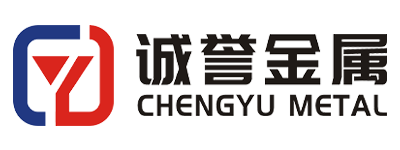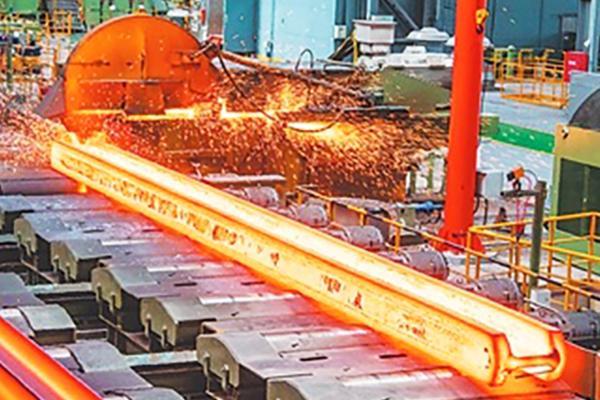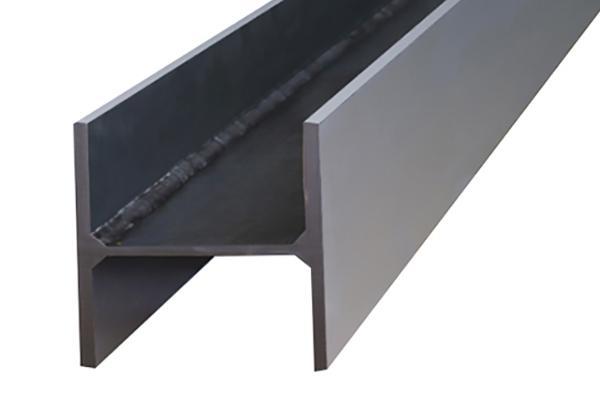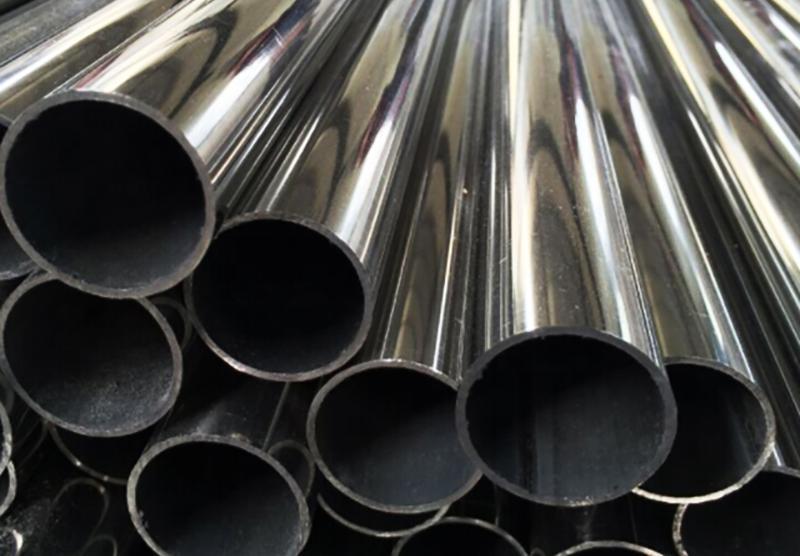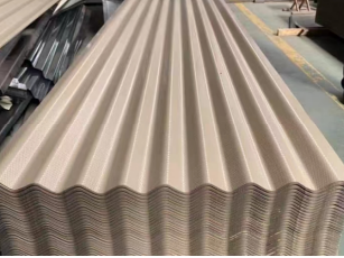30
2025
/
05
Challenges and innovations of duplex stainless steel in marine engineering
Challenges and innovations of duplex stainless steel in marine engineering
23
2025
/
05
Understanding the Classification of Stainless Steel Pipes
Stainless steel pipes come in many different types and uses, with varying technical requirements and production methods.
09
2025
/
05
IBR Steel Roofing Sheet - Overview, Specifications & Standards
IBR (Inverted Box Rib) is a popular profiled steel roofing sheet known for its strength, water resistance, and aesthetic appeal. It is widely used in industrial, commercial, and residential roofing applications. 1. Key Features of IBR Steel Roofing Sheets Strong & Durable: High load-bearing capacity due to its ribbed design. Waterproof: Overlapping ribs prevent water leakage. Lightweight: Easy to transport and install. Aesthetic Appeal: Clean, modern look with straight lines. Available in Different Coatings: Galvanized, Galvalume (Zn-Al), or color-coated (PPGI). 2. Common Materials & Coatings Galvanized IBR: Zinc-coated (GI) for corrosion resistance. Used in budget roofing, sheds, and warehouses. Galvalume IBR: 55% Al-Zn alloy coating (better corrosion resistance than GI). Ideal for coastal areas and industrial roofs. Pre-Painted (PPGI): Color-coated over GI or Galvalume. Used for architectural roofs and modern buildings. 3. Standard Dimensions & Thickness Width: Typically 750mm to 900mm (effective coverage after overlap: ~686mm). Length: Custom-cut, usually between 2m and 12m. Thickness: Ranges from 0.25mm to 0.70mm (common thicknesses: 0.35mm–0.50mm). Rib Height: Between 16mm and 28mm. Pitch (Rib Spacing): Approximately 200mm. 4. Standards & Certifications ISO 9001: Quality management certification. SANS 10162: South African standard for roofing. ASTM A792/A792M: Standard for Galvalume-coated steel. BS EN 10169: Standard for continuously organic-coated steel. 5. Advantages Over Other Profiles (Corrugated, Trapezoidal) Better Water Runoff: Deep ribs prevent leakage. Higher Strength: Can span longer distances without sagging. More Aesthetic: Cleaner lines compared to corrugated sheets. 6. Common Applications Industrial Roofing: Factories, warehouses. Residential Roofing: Modern houses, extensions. Agricultural Buildings: Barns, storage sheds. Commercial Structures: Carports, shopping centers.
11
2025
/
04

